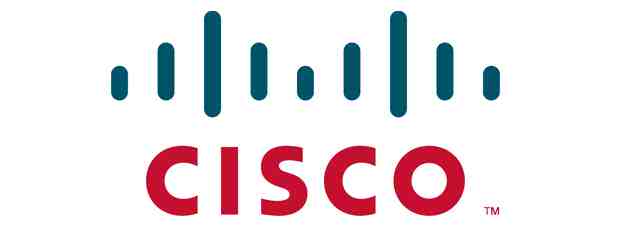
Shaking up the cloud, virtually
The cost savings and flexibility revolutionised the data management business, since virtualised machines can run on cheap semiconductors.
The same time most data centres
High-priced networking gear after all ties at the same time most data centres, nevertheless. Companies pay for it because managing data traffic is tougher than mere computation.
Now, a small company called Nicira, along with a few other scrappy players, is pursuing what is called software-defined networking, which should cut costs and make equipment more efficient.
Software-defined network
A software-defined network, which originated in government spy agencies, is similar to server virtualisation, and because of in other words quite likely bad news for networking equipment makers like Cisco and Juniper Networks.
Nicira claims savings of up to $US37 million in a facility with 40,000 servers, and 50 per cent cost reductions in setting up the fastest networks. Clients from big phone companies, large internet service providers and computer makers think they can exceed the kind of cost savings Google has achieved in its large data centres.
The extreme powerful computing is going to get cheaper
"In the extreme powerful computing is going to get cheaper and cheaper and cheaper," said Lew Moorman, president of Rackspace, a company with 161,000 clients using its cloud. It has been working with Nicira since 2009. "Facebook and Google run their applications at a massive scale; we'll let tens of thousands of companies do whatever they want too, on the fly."
Other Nicira clients include AT&T, which is spending $US1 billion a year on its cloud. AT&T wants its software engineers to be able to quickly build new personalised features for 100 million or more mobile phone clients.
Japan's NTT, the big phone company, has used it to automatically reconfigure a computer centre's thousands of machines, enabling it to take on the workload of a centre in the middle of a tsunami. eBay can use it to better manage workloads or offer new sales applications across its network.
Martin Casado, the company's co-founder and chief technical officer, began thinking about network virtualisation in 2002, when he was working as a contractor for a US intelligence agency.
"They needed secure, isolated networks that shared the same infrastructure," he said. "Virtualisation means you have fewer machines and fewer cables. In other words fewer points of entry they have to control."
It is tough to do. Networks are supposed to operate in real time and many computing jobs cannot shift around a data centre without manually changing things like security and processing-task priorities.
Casado, who calls network virtualisation "the hardest problem I've looked at in my life", returned to Stanford and in 2007 finished a PhD thesis on security management in big networks. The government gave Nicira its first $US1.5 million soon afterwards.
Both Cisco and Juniper say that they are already in the network virtualisation game, however say there is for all that plenty of space for their custom systems.
The forefront of driving network virtualisation
"We have been in the forefront of driving network virtualisation and programmability," Ram Velaga, a Cisco vice president, wrote in an email. "We continue to evolve those technologies."
"They are the most conservative and slow-moving people you can find, as far as innovation cycles go," he said with a shrug. "Companies like NTT and Rackspace are in a rush."
- · Rackspace debuts OpenStack cloud servers
- · America's broadband adoption challenges
- · EPAM Systems Leverages the Cloud to Enhance Its Global Delivery Model With Nimbula Director
- · Telcom & Data intros emergency VOIP phones
- · Lorton Data Announces Partnership with Krengeltech Through A-Qua⢠Integration into DocuMailer
